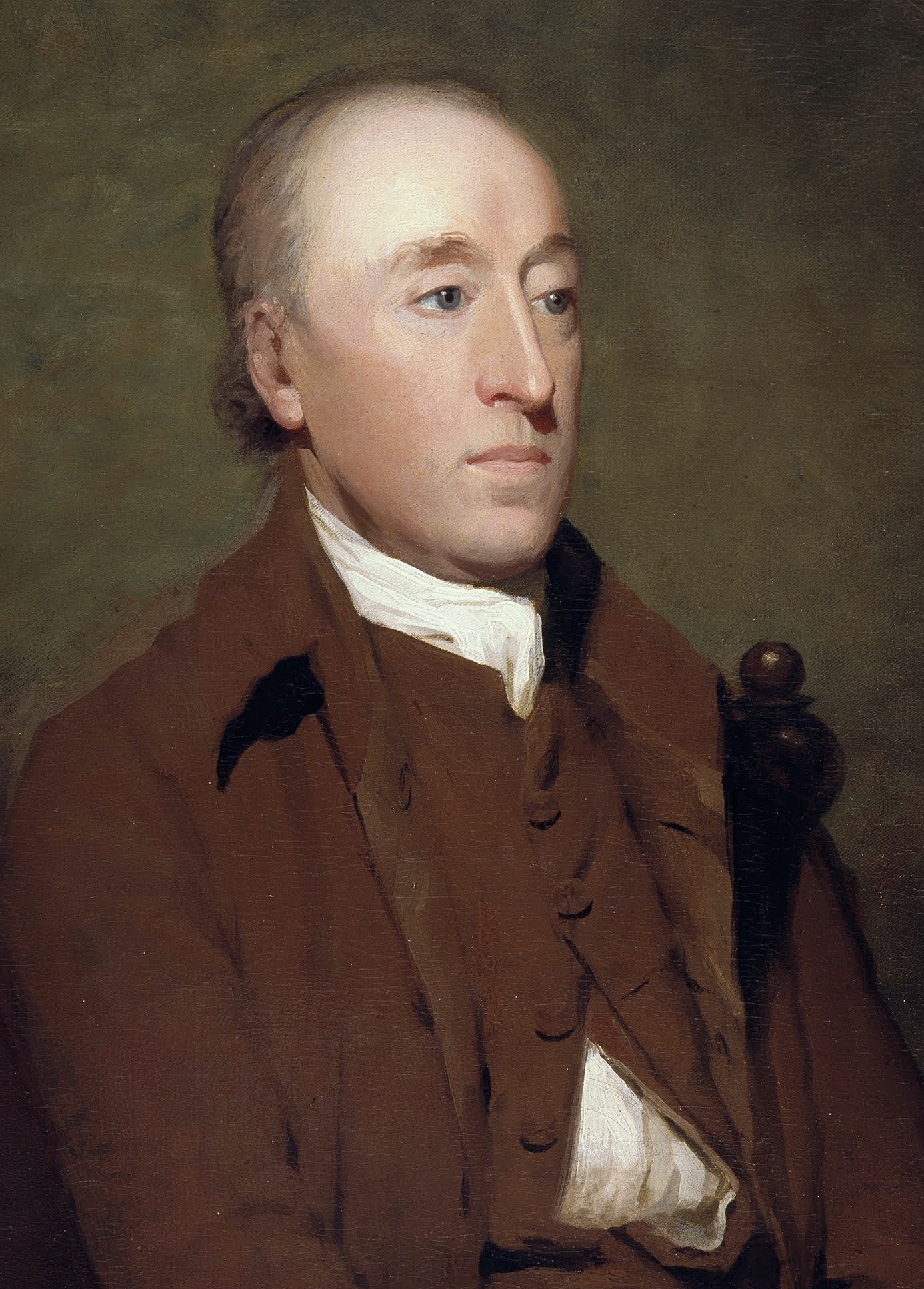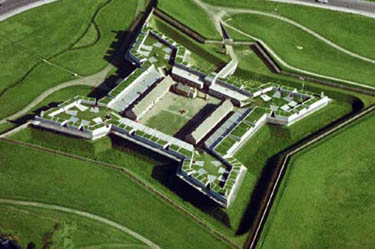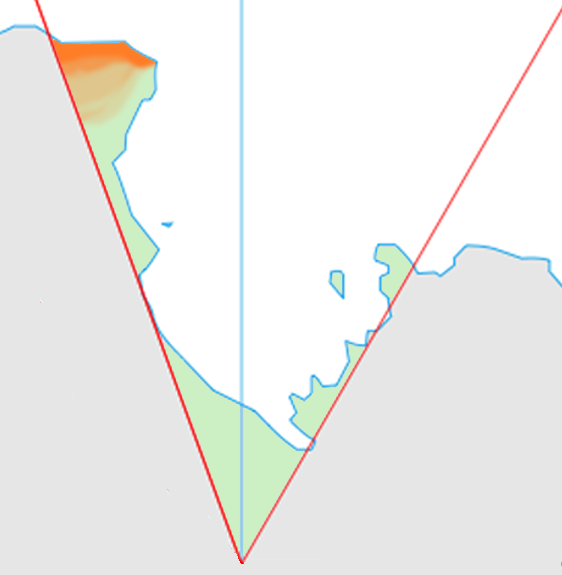|
Gregory Bluffs
The Gregory Bluffs () are high granite bluffs that form the east side of Nielsen Fjord on the north coast of Victoria Land, Antarctica. These geographical features were so named by the Australian National Antarctic Research Expeditions (ANARE) for C. Gregory, a former geologist with the ANARE ('' Thala Dan'') cruise. On February 12, 1962, pilot John Stanwix, accompanied with Gregory and their party leader Phillip Law, landed a helicopter at the foot of these bluffs to examine them. These bluffs lies situated on the Pennell Coast, a portion of Antarctica lying between Cape Williams Cape Williams () is an ice-covered cape in Antarctica. It is the termination of Buell Peninsula at the east side of the terminus of Lillie Glacier at the lower ends of George Glacier and Zykov Glacier. The peninsula is 15 nautical miles (28 ... and Cape Adare. References Cliffs of Victoria Land Pennell Coast {{VictoriaLand-geo-stub ... [...More Info...] [...Related Items...] OR: [Wikipedia] [Google] [Baidu] |
Nielsen Fjord
Nielsen Fjord () is a fjord 2 nautical miles (3.7 km) wide between Cape North (Victoria Land), Cape North and Gregory Bluffs on the north coast of Victoria Land. Named by ANARE (Australian National Antarctic Research Expeditions) for Captain Hans Nielsen, master of the used in exploring this coast, 1962. Fjords of Antarctica Landforms of Victoria Land Pennell Coast {{PennellCoast-geo-stub ... [...More Info...] [...Related Items...] OR: [Wikipedia] [Google] [Baidu] |
Victoria Land
Victoria Land is a region in eastern Antarctica which fronts the western side of the Ross Sea and the Ross Ice Shelf, extending southward from about 70°30'S to 78°00'S, and westward from the Ross Sea to the edge of the Antarctic Plateau. It was discovered by Captain James Clark Ross in January 1841 and named after Queen Victoria. The rocky promontory of Minna Bluff is often regarded as the southernmost point of Victoria Land, and separates the Scott Coast to the north from the Hillary Coast of the Ross Dependency to the south. The region includes ranges of the Transantarctic Mountains and the McMurdo Dry Valleys (the highest point being Mount Abbott in the Northern Foothills), and the flatlands known as the Labyrinth. The Mount Melbourne is an active volcano in Victoria Land. Early explorers of Victoria Land include James Clark Ross and Douglas Mawson. In 1979, scientists discovered a group of 309 meteorites A meteorite is a solid piece of debris from an ... [...More Info...] [...Related Items...] OR: [Wikipedia] [Google] [Baidu] |
Antarctica
Antarctica () is Earth's southernmost and least-populated continent. Situated almost entirely south of the Antarctic Circle and surrounded by the Southern Ocean, it contains the geographic South Pole. Antarctica is the fifth-largest continent, being about 40% larger than Europe, and has an area of . Most of Antarctica is covered by the Antarctic ice sheet, with an average thickness of . Antarctica is, on average, the coldest, driest, and windiest of the continents, and it has the highest average elevation. It is mainly a polar desert, with annual precipitation of over along the coast and far less inland. About 70% of the world's freshwater reserves are frozen in Antarctica, which, if melted, would raise global sea levels by almost . Antarctica holds the record for the lowest measured temperature on Earth, . The coastal regions can reach temperatures over in summer. Native species of animals include mites, nematodes, penguins, seals and tardigrades. Where ve ... [...More Info...] [...Related Items...] OR: [Wikipedia] [Google] [Baidu] |
Australian National Antarctic Research Expeditions
The Australian National Antarctic Research Expeditions (ANARE ) is the historical name for the Australian Antarctic Program (AAp) administered for Australia by the Australian Antarctic Division (AAD). History Australia has had a long involvement in south polar regions since as early as Douglas Mawson's Australasian Antarctic Expedition in 1911. Further Australian exploration of the Antarctic continent was conducted during the British Australian and New Zealand Antarctic Research Expedition (BANZARE), which was conducted over the years 1929–1931. The Australian National Antarctic Research Expeditions were established in 1947 with expeditions to Macquarie Island and Heard Island. In 1948 the Australian Antarctic Division (AAD) was established to administer the expedition program. ANARE Name The name ANARE fell out of official use in the early 2000s. However current and former Australian Antarctic expeditioners continue to use the term informally as a means of identi ... [...More Info...] [...Related Items...] OR: [Wikipedia] [Google] [Baidu] |
Geologist
A geologist is a scientist who studies the solid, liquid, and gaseous matter that constitutes Earth and other terrestrial planets, as well as the processes that shape them. Geologists usually study geology, earth science, or geophysics, although backgrounds in physics, chemistry, biology, and other sciences are also useful. Field research (field work) is an important component of geology, although many subdisciplines incorporate laboratory and digitalized work. Geologists can be classified in a larger group of scientists, called geoscientists. Geologists work in the energy and mining sectors searching for natural resources such as petroleum, natural gas, precious and base metals. They are also in the forefront of preventing and mitigating damage from natural hazards and disasters such as earthquakes, volcanoes, tsunamis and landslides. Their studies are used to warn the general public of the occurrence of these events. Geologists are also important contributors to ... [...More Info...] [...Related Items...] OR: [Wikipedia] [Google] [Baidu] |
Thala Dan
{{disambiguation, geo ...
Thala may refer to: Places * Thala Hills, Antarctica * Thala Island, Antarctica * Thala Rock, Antarctica * Thala, Tunisia, a town in Kasserine Governorate Other uses * ''Thala'' (gastropod), a genus of sea snails * Ajith Kumar (born 1971), Indian actor known as Thala * Battle of Thala, second century BC battle between Rome and Jugurtha of Numidia * MS Dhoni (born 1981), Indian cricketer known as Thala See also * Tala (other) Tala may refer to: Arts and entertainment * Tala (comics), a fictional character in DC comics *''Tala'', a 1938 volume of poetry by Gabriela Mistral *Tala (music), a rhythmic pattern in Indian classical music * "Tala" (song), by Sarah Geronimo ... [...More Info...] [...Related Items...] OR: [Wikipedia] [Google] [Baidu] |
John Stanwix (pilot)
John Stanwix ( 1690 - 29 October 1766) was a British soldier and politician. Background He was born John Roos, the son of Rev. John Roos, rector of Widmerpool, Nottinghamshire. In 1725, he succeeded to the estates of his uncle Thomas Stanwix and adopted the name of Stanwix. Stanwix entered the army in 1706, rose to a captain of the grenadiers in 1739, major of marines in 1741, and lieutenant-colonel in 1745, and was appointed equerry to Frederick, Prince of Wales, in 1749. In 1750, he was appointed Governor of Carlisle, and also represented the town in the British parliament as the Member of Parliament for Carlisle (1741–42 and 1746–61). In 1754, he became deputy quartermaster-general of the forces, and on 1 January 1756 he was made colonel-commandant of the 1st battalion of the 60th or Royal American Regiment. On his arrival in North America, he was given the command of the southern district. During 1757 his headquarters were at Carlisle, Pennsylvania, and he was appointe ... [...More Info...] [...Related Items...] OR: [Wikipedia] [Google] [Baidu] |
Phillip Law
Phillip Garth Law, AC, CBE, FAA, FTSE (21 April 1912 – 28 February 2010) was an Australian scientist and explorer who served as director of Australian National Antarctic Research Expeditions (ANARE) from 1949 to 1966. Early life Law was born in Tallangatta, Victoria, the second of six children of Arthur and Lily Law. One of his younger sisters was the traveller and writer Wendy Law Suart. After attending Hamilton High School, he taught in secondary schools, including Melbourne High School where he taught physics and boxing, while studying part-time at the University of Melbourne, earning an MSc in 1941. He was the Melbourne University lightweight boxing champion and also lectured in physics there from 1943 to 1948. During the Second World War he enlisted in the RAAF, though the university physics department, which was involved in weapons research, insisted that he continue his work there. He did however manage to visit the battle areas of New Guinea on a four-month sci ... [...More Info...] [...Related Items...] OR: [Wikipedia] [Google] [Baidu] |
Pennell Coast
Pennell Coast is that portion of the coast of Antarctica between Cape Williams and Cape Adare. To the west of Cape Williams lies Oates Coast, and to the east and south of Cape Adare lies Borchgrevink Coast. Named by New Zealand Antarctic Place-Names Committee (NZ-APC) in 1961 after Lieutenant Harry Pennell, Royal Navy, commander of the Terra Nova, the expedition ship of the British Antarctic Expedition, 1910–13. Pennell engaged in oceanographic work in the Ross Sea during this period. In February 1911 he sailed along this coast in exploration and an endeavor to land the Northern Party led by Lieutenant Victor Campbell. The name is also used more loosely to refer to both the coast itself and the hinterland extending south to the watershed of the Southern Cross Mountains Southern Cross Mountains is the name applied to the group of Antarctic mountain ranges lying between the Mariner and Priestley Glaciers in Victoria Land. Seaward parts of this area were first viewed b ... [...More Info...] [...Related Items...] OR: [Wikipedia] [Google] [Baidu] |
Cape Williams
Cape Williams () is an ice-covered cape in Antarctica. It is the termination of Buell Peninsula at the east side of the terminus of Lillie Glacier at the lower ends of George Glacier and Zykov Glacier. The peninsula is 15 nautical miles (28 km) long and is situated at the extremity of the Pennell Coast portion of Victoria Land Victoria Land is a region in eastern Antarctica which fronts the western side of the Ross Sea and the Ross Ice Shelf, extending southward from about 70°30'S to 78°00'S, and westward from the Ross Sea to the edge of the Antarctic Plateau. I ..., lying between Cape Williams and Cape Adare. It was discovered in February 1911 when the Terra Nova of the British Antarctic Expedition, 1910–13, explored the area westward of Cape North, and it was named for William Williams, Chief Engine-room Artificer on the Terra Nova. Headlands of Victoria Land Pennell Coast {{VictoriaLand-geo-stub ... [...More Info...] [...Related Items...] OR: [Wikipedia] [Google] [Baidu] |
Cape Adare
Cape Adare is a prominent cape of black basalt forming the northern tip of the Adare Peninsula and the north-easternmost extremity of Victoria Land, East Antarctica. Description Marking the north end of Borchgrevink Coast and the west end of Pennell Coast, the cape separates the Ross Sea to the east from the Southern Ocean to the west, and is backed by the high Admiralty Mountains. Cape Adare was an important landing site and base camp during early Antarctic exploration. Off the coast to the northeast are the Adare Seamounts and the Adare Trough. History Captain James Ross discovered Cape Adare in January 1841 and named it after his friend the Viscount Adare (the title is derived from Adare, Ireland). In January 1895, Norwegian explorers Henrik Bull and Carsten Borchgrevink from the ship ''Antarctic'' landed at Cape Adare as the first documented landing on Antarctica, collecting geological specimens. Borchgrevink returned to the cape leading his own ex ... [...More Info...] [...Related Items...] OR: [Wikipedia] [Google] [Baidu] |
Cliffs Of Victoria Land
In geography and geology, a cliff is an area of rock which has a general angle defined by the vertical, or nearly vertical. Cliffs are formed by the processes of weathering and erosion, with the effect of gravity. Cliffs are common on coasts, in mountainous areas, escarpments and along rivers. Cliffs are usually composed of rock that is resistant to weathering and erosion. The sedimentary rocks that are most likely to form cliffs include sandstone, limestone, chalk, and dolomite. Igneous rocks such as granite and basalt also often form cliffs. An escarpment (or scarp) is a type of cliff formed by the movement of a geologic fault, a landslide, or sometimes by rock slides or falling rocks which change the differential erosion of the rock layers. Most cliffs have some form of scree slope at their base. In arid areas or under high cliffs, they are generally exposed jumbles of fallen rock. In areas of higher moisture, a soil slope may obscure the talus. Many cliffs also feat ... [...More Info...] [...Related Items...] OR: [Wikipedia] [Google] [Baidu] |


.jpg)



